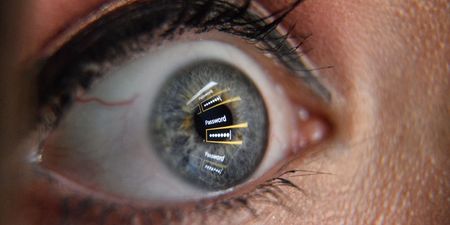Cyberstalking sounds like something out of a movie but unfortunately, it’s a scary reality for people these days
In fact, millions of people across the globe become victims of harassment, threats, or even being tracked through their online accounts every year.
Cyberstalking is a serious challenge that can affect anyone who uses the internet.
It can involve using email, direct messaging, or other electronic means to harass and can have negative impacts on the victim’s mental health, social life, and career.
It is a sinister manifestation of online aggression and poses serious threats to peoples’ safety, privacy, and mental well-being.
So what exactly is cyberstalking and how can we protect ourselves against it?
What is it?

Cyberstalking can involve many scary actions from cybercriminals which, according to Norton, can include but aren’t limited to:
- Tracking someone’s online activity or physical location
- Stealing someone’s identity for financial gain
- Making death threats or other overt threats of violence
- Blackmailing a victim using personal information or photos
- Making false accusations about a victim online
- Doxxing a victim by publishing their private information online
- Destroying or manipulating incriminating data by sending a virus to a victim’s devices
- Posting derogatory statements about a victim publicly
- Posing as a victim online to cause harm to their life or career
- Sending threatening doctored photos or deepfakes of the victim or their family
What effect can it have on a person?

Unsurprisingly when someone is faced with cyberstalking it can have a massive effect on both their physical and mental health.
According to a study from the Federal University of Paraiba in Brazil, the victim may experience anxiety, depression, fear, and other psychological symptoms.
In some cases, the victim may also experience physical symptoms such as headaches, nausea, and fatigue.
Cyberstalking can also affect the victim’s social life, causing them to isolate themselves from friends and family.
How to stay safe online
Thankfully, there are steps you can take to protect yourself from becoming a victim of cyberstalking and they’re relatively easy to implement such as:
- Make your posts ‘friends only’ so that only people you know get to see them
- Don’t let social networks post your address or phone number publicly. (You could even make a separate email address for social media)
- If you need to share your phone number or other private information with a friend, do so in a private message, don’t post publically
- Use a gender-neutral screen name or pseudonym for your social media accounts instead of your real one
- Leave optional fields in social media profiles, like your date of birth, blank
- Only accept friend requests from people you have actually met in person
- Disable geolocation settings.
READ MORE:
- The power of accepting that you’re not always going to be likeable
- Everything we know about Derry Girls creator Lisa McGee’s new Netflix series
- Revenge Bedtime Procrastination: Are we self-sabotaging our sleep?





















































